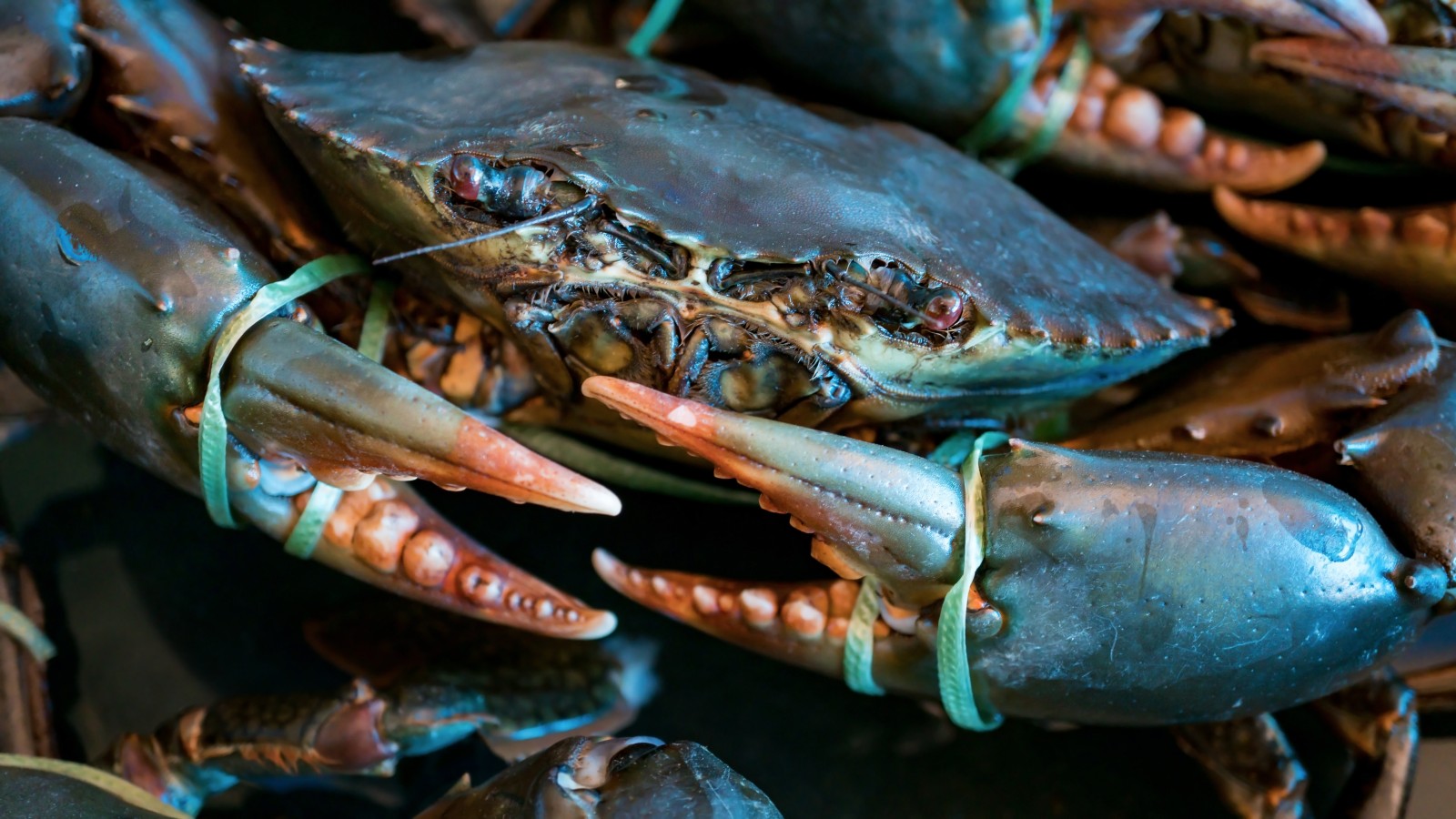How to Make your Brand Stand Out
Being a newbie in any industry is tough, most especially in the cutthroat world of food and bever-ag...

October 29, 2021
The most common crab varieties in the Philippines, how to choose the best one, is the gay kind really the best?
For seafood lovers, crabs are simply incomparable in terms of texture and sweetness. Beloved the world over, they can be boiled, steamed, or fried. Either cooked in sauce, dipped in butter, or simply enjoyed fresh after a quick steam, they are simply delicious with the inherently sweet and salty flavors of the sea.
How do you pick a winner?
Crabs are found everywhere in the world, but these are the ones indigenous to our local waters.
Blue Swimming Crab
Mud or Mangrove Crab
Coconut Crab
Check out these food fusions between Filipino and Middle Eastern cuisines
The unending quest for healthy and sustainable food amid changing lifestyles
A quick look at the Philippine food staple often getting a bad health rap